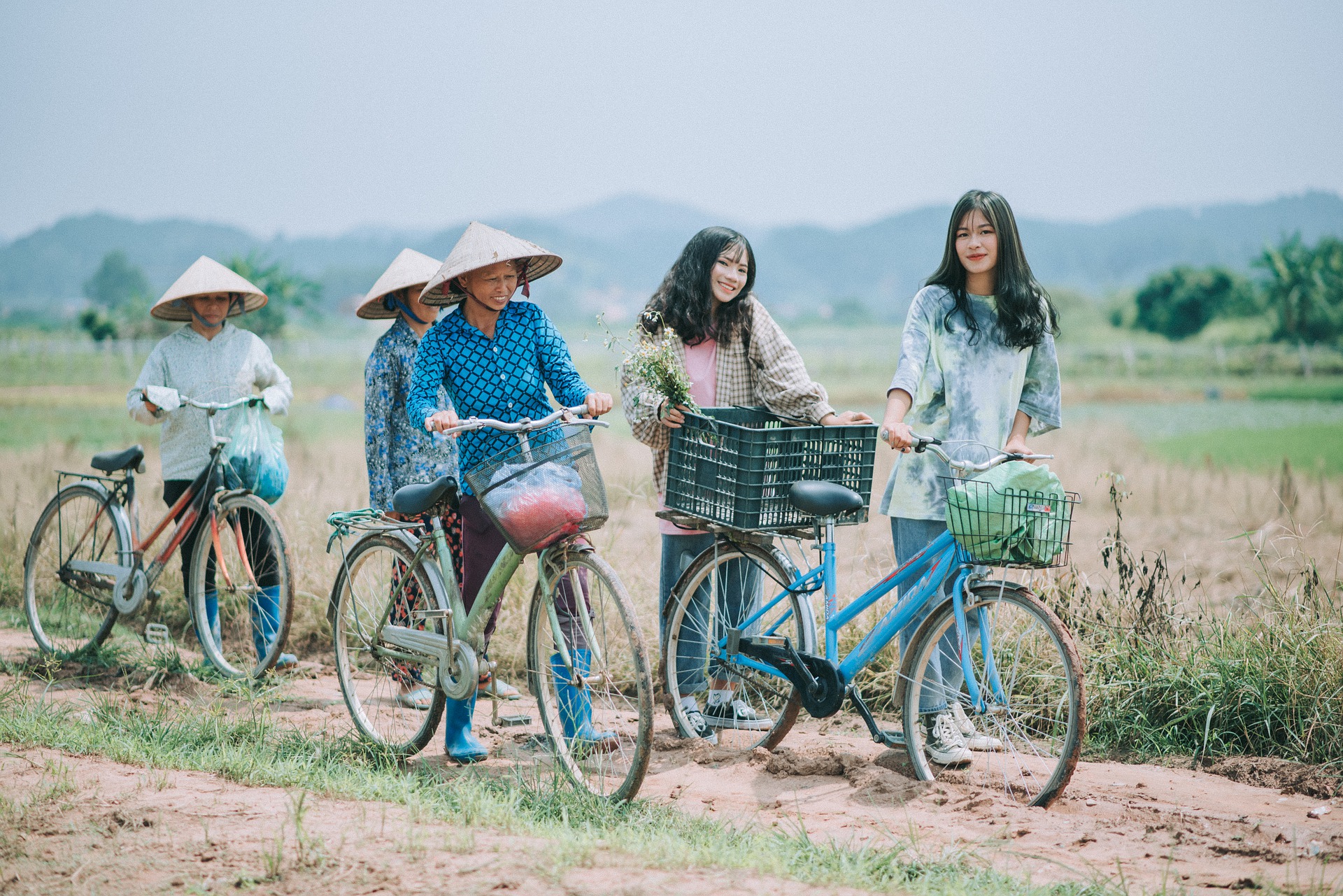How empowering women around the world will help us adapt
The search is on for more evidence around women’s ability to adapt to the changing climate, so that deeply embedded biases can be successfully challenged.
C
limate change affects women more than other demographics, and 80% of people displaced by climate issues are women. This is for multiple reasons, mostly rooted in gender inequalities – which include restricted land rights, lack of financial inclusion and limited access to policy-making groups. But women can be instrumental in climate adaptation.
One area where this is evident is food security. Based on research and field work conducted by the World Food Programme (WFP), women enable families to be food secure.
Food on tables
“Women are the ones that provide for their families emotional and physical needs,” says Kathryn Milliken, Policy & Programme Adviser on Climate Change at World Food Programme. “They ensure a family has enough food on the table. So recognizing this, over decades of activities that we’ve done with women and men, we tend to now focus the primary provision of food assistance through women because we know this will have a higher impact.”
There are also a number of challenges for women that come with being primary caregivers, as this role increases their vulnerability when extreme climate events occur. WFP has found that with regard to natural disasters women are the worst off. For example, during the tsunami that hit India and Sri Lanka in 2004, more men survived. Milliken says this was largely due to the fact that women were trying to evacuate their families.
“Because women are more affected by climate-related shocks, and because they have specific capabilities and think about the whole household that they’re supporting, there’s a greater impact that we can see for families and communities as a whole when women are key players in climate adaptation strategies.”

Women as communicators and community builders – skills required for adaptation. Image by đôn chu viết / Pixabay
Existing bias
Ocean innovation specialist, Erika Montague, agrees that women are vital in the climate change debate because of their ability to adapt.
“Women have historically done this [adapt] in the household for gatherings, for migration, and for keeping the community together,” says Montague. “Often times, women have been the communicators and community builders. This is absolutely required in combating climate change.”
She said that at one point in history, women were not allowed at sea. “Men did not think that women were strong enough or capable enough,” shares Montague. “What is really required at sea is endurance, tenacity, and the ability to adapt. Women have all of those capabilities. I think it is something that is usually not taken into the equation, so people don’t truly understand the capability of women in that respect. These are deeply imbedded biases and opinions that people have had over hundreds of years. Even if they are cognisant of it or not, it is embedded in there.”
Montague says empowering women around the world in the climate change and adaptation conversation starts with education. “When girls are educated about climate change at a young age it helps the issue because they’re more likely to go on to work and have jobs and fewer children.” This project in Nigeria is one such case study.
Access to assets
Because climate change threatens food security and nutrition, WFP launched a program called R4 Rural Resilience Initiative, which aims to provide people’s access to tools that can help them improve their climate adaptation skills and resilience. Milliken says a primary focus of the program is helping farmers have greater financial inclusion and getting them more access to community assets. In Ethiopia, the R4 team found that female headed households benefited the most from the program, and women made the largest gains in productivity from investments. The women also cultivated a greater amount of land.
Additionally, WFP is providing people with tailored climate information, so they can make better decisions about oncoming climate shocks and seasonal changes. Some of this is done through digital technology.
“We’ve been finding that men and women have different preferences in how they receive information when accessing communication devices,” shares Milliken. “It’s Important to think about these issues ahead of time, so we can properly address women’s needs. We have put a lot of effort into how to understand different needs and design our programs. Men are the ones that have their hands on mobile phones more.”
So what more needs to be done? At this stage, Millken and Monague both say what the world needs now is more evidence around women’s ability to adapt to the changing climate. When there’s concrete evidence, no biases can argue against it.
The ideas presented in this article aim to inspire adaptation action – they are the views of the author and do not necessarily reflect those of the Global Center on Adaptation.